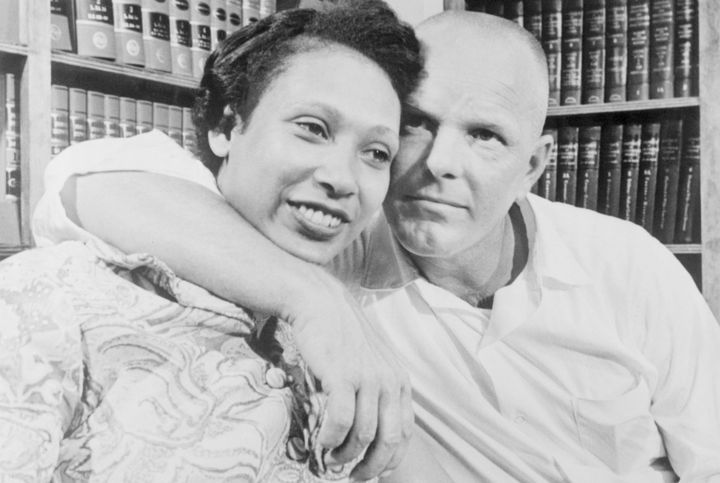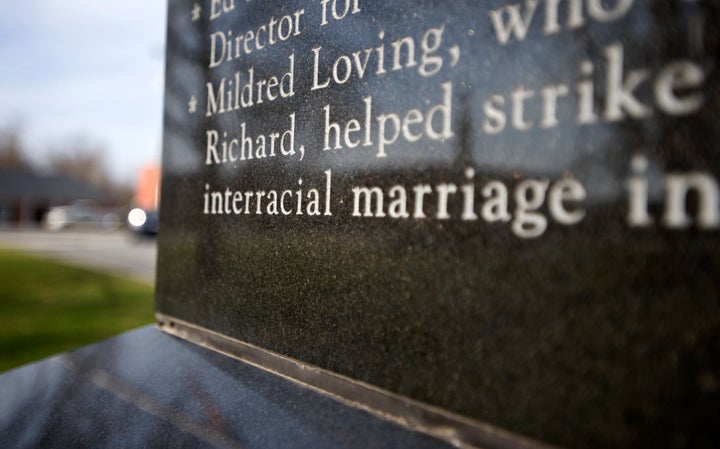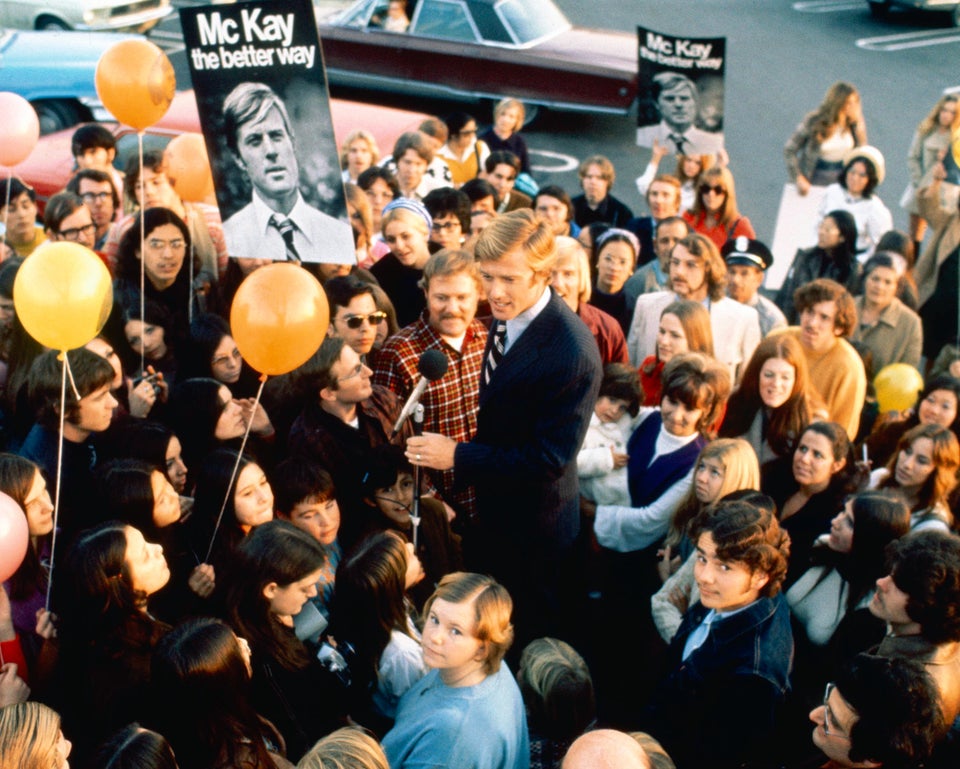WASHINGTON ― “Loving,” a film from writer-director Jeff Nichols (”Midnight Special,” “Take Shelter”) that opens in theaters on Friday, tells the story of Loving v. Virginia, the landmark 1967 Supreme Court case that overturned state bans on interracial marriage.
Instead of dramatic courtroom scenes or thunderous monologues, the film focuses on the couple at the center of the case, Richard and Mildred Loving, depicting the impact of their prolonged legal battle on their daily lives and celebrating their love story and unwavering resolve.

In 1958, Richard Loving, a white man, and Mildred Jeter, a black woman, drove north from their home in Virginia to Washington, D.C., to get married. Upon returning to Virginia, they were dragged out of bed and arrested by the police. The Lovings’ marriage was not legally valid due to the state’s law barring interracial marriage. The ensuing legal battle upended the lives of the Lovings and their three children for almost a decade.
The film is beautiful in its restraint, anchored by tender moments in the couple’s life. Actors Joel Edgerton and Ruth Negga bring a quiet intensity to their magnificent performances as Richard and Mildred. But by grounding itself in their love story, the film somewhat understates the significance of the Lovings’ case. Loving v. Virginia was and remains an important political and historical landmark, knocking down a major pillar of Jim Crow segregation and, more recently, serving as precedent in the fight to legalize same-sex marriage.
In one fell swoop, the court’s 1967 ruling, which concluded that Virginia’s ban on interracial marriage violated both the Due Process Clause and the Equal Protection Clause of the 14th Amendment, invalidated all state laws that banned interracial marriage.
These anti-miscegenation laws, as they were known, represented one of the last existing formal mechanisms for segregation, according to Virginia Tech historian Peter Wallenstein, who has written two books on the Loving case. While many states that once had such laws had repealed them by the 1960s, interracial marriage bans remained on the books in almost the entire South, even after Brown v. Board of Education in 1954 and the wave of civil rights legislation in the 1960s addressed most of the major Jim Crow laws that imposed segregation.
“The ‘64 Civil Rights Act and the Voting Rights Act of ‘65 really had taken out all the formal support systems for Jim Crow segregation,” Wallenstein told the Huffington Post. “The one remaining pillar in that whole edifice ― for decades, generations, centuries ― the one remaining one was marriage. That was the last to go, and it is, of course, three years after the Civil Rights Act.”
As the film shows, the civil rights movement was what catalyzed Mildred Loving to seek legal action. She wrote to then-Attorney General Robert F. Kennedy, who referred to her to the American Civil Liberties Union. Two of the organization’s lawyers ultimately took on the case and represented the Lovings before the high court.
“If the Lovings hadn’t come along, if Mrs. Loving hadn’t written that letter and then followed up, then we wouldn’t have a story to be talking about.”
- Peter Wallenstein, Virginia Tech historian
Wallenstein noted that the fundamental nature of marriage may have been a major reason why it was one of the last remaining areas of formal segregation.
“The bottom line is simply this: if white supremacy mandates maintaining a system that never accepts the prospect of blacks and whites meeting together on terms of equality, if ever there was a place where you might find just that, is marriage and the family,” he said.
Indeed, one of the arguments that the state of Virginia made in justifying the ban on interracial marriage involved labeling mixed-race children as “bastards” and portraying them as harmful to society.
In its unanimous ruling, the Supreme Court determined that marriage is “fundamental to our very existence and survival.” Under the 14th Amendment, “the freedom of choice to marry not be restricted by invidious racial discriminations,” Chief Justice Earl Warren wrote in the opinion. “Under our Constitution, the freedom to marry, or not marry, a person of another race resides with the individual, and cannot be infringed by the State.”
Beyond marriage, the Loving case also had important legal ramifications for property and child custody cases involving interracial couples, Wallenstein noted.
Over the last two decades, the historic ruling has taken on a new resonance, as many courts applied it to same-sex marriage cases. In rulings in favor of LGBTQ couples, judges used the same broad language and reasoning of the Loving case, and the phrase “freedom to marry” became a rallying call for gay marriage activists.
In last year’s Obergefell v. Hodges, the Supreme Court case which invalidated state bans on gay marriage, Justice Anthony Kennedy cited Loving v. Virginia several times in his majority opinion, noting that the case had established an “abiding connection between marriage and liberty.”

But even without the historical context, the film works effectively as a character study of the Lovings, allowing viewers to become intimately acquainted with them. Featuring warm scenes of their family life and devotion to one another, the film is deeply reverential toward the Lovings. As several suspenseful scenes portray, they lived in constant fear of prosecution in their home state, where it was a felony for two people of different races to live together.
“The love story is framed by this horror show,” Wallenstein said. “So on the one hand, it’s just beautiful. On the other hand, it’s just horrific. And the focus here is how one threatens the other.”
While they largely shied away from the spotlight, the Lovings came to understand the high stakes of their fight, particularly Mildred, who was more enterprising and outpoken than the taciturn Richard.
“This is a case that was not foreordained. If the Lovings hadn’t come along, if Mrs. Loving hadn’t written that letter and then followed up, then we wouldn’t have a story to be talking about,” Wallenstein said. “Somewhere, sometime, something like it would have happened, but it couldn’t have been then. It had to have been later.”

